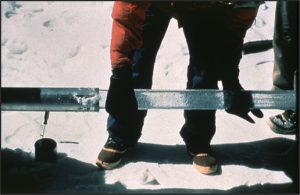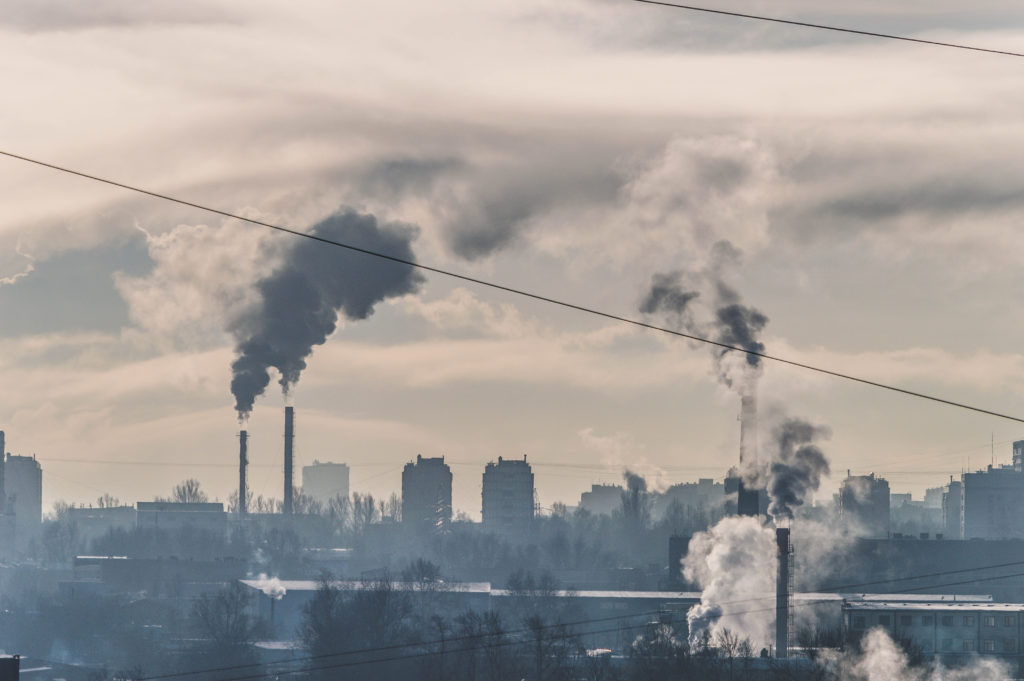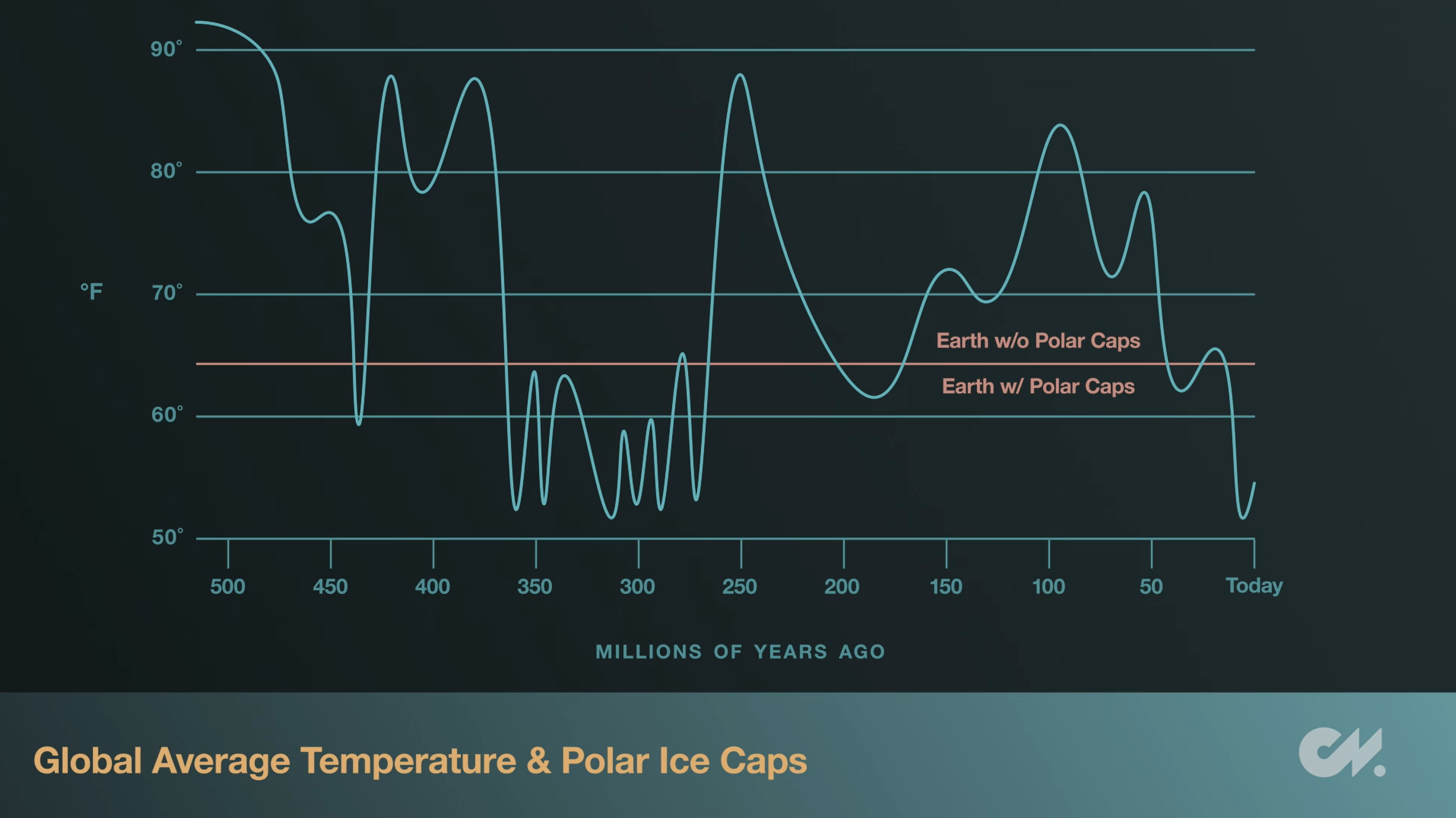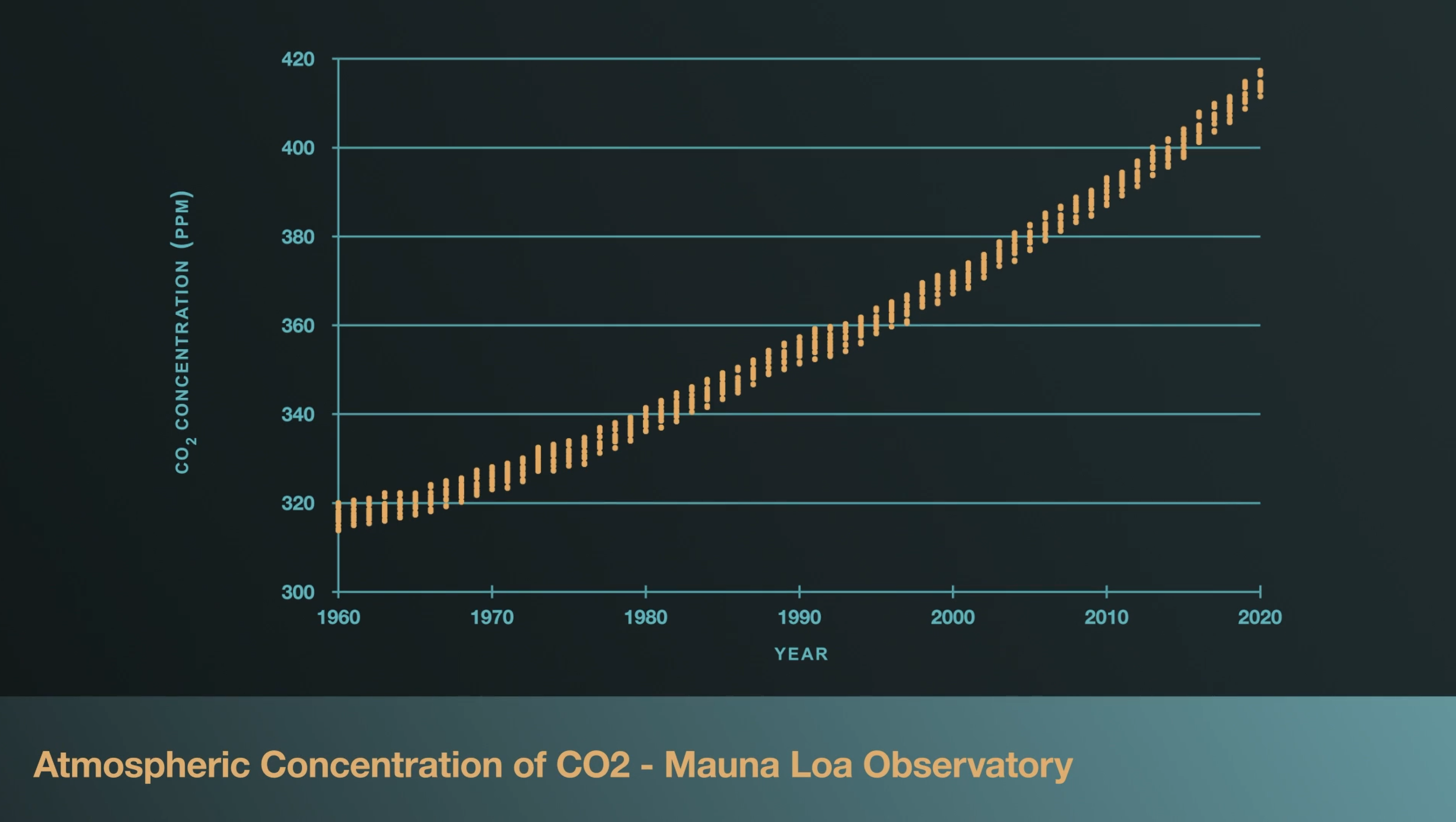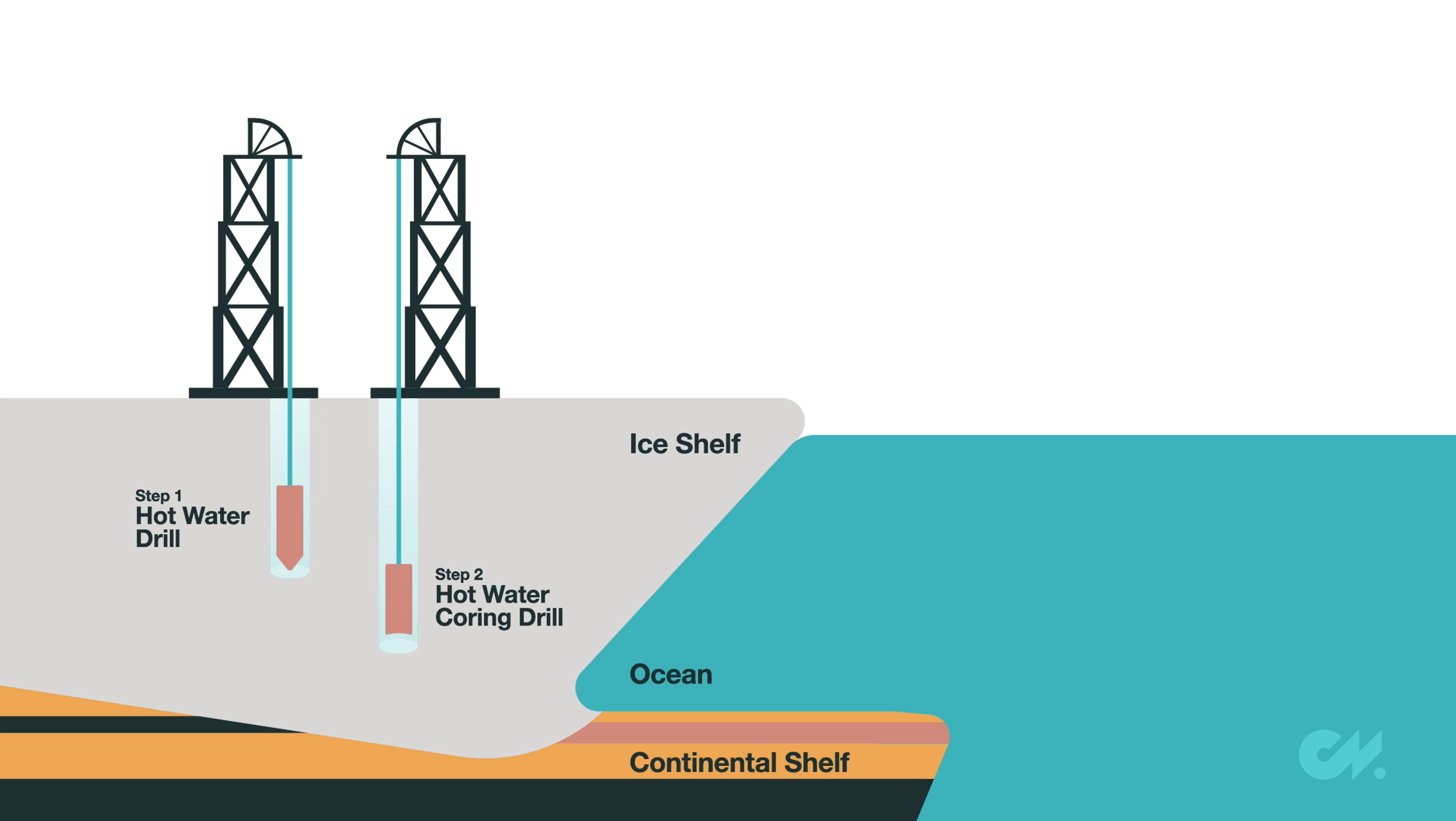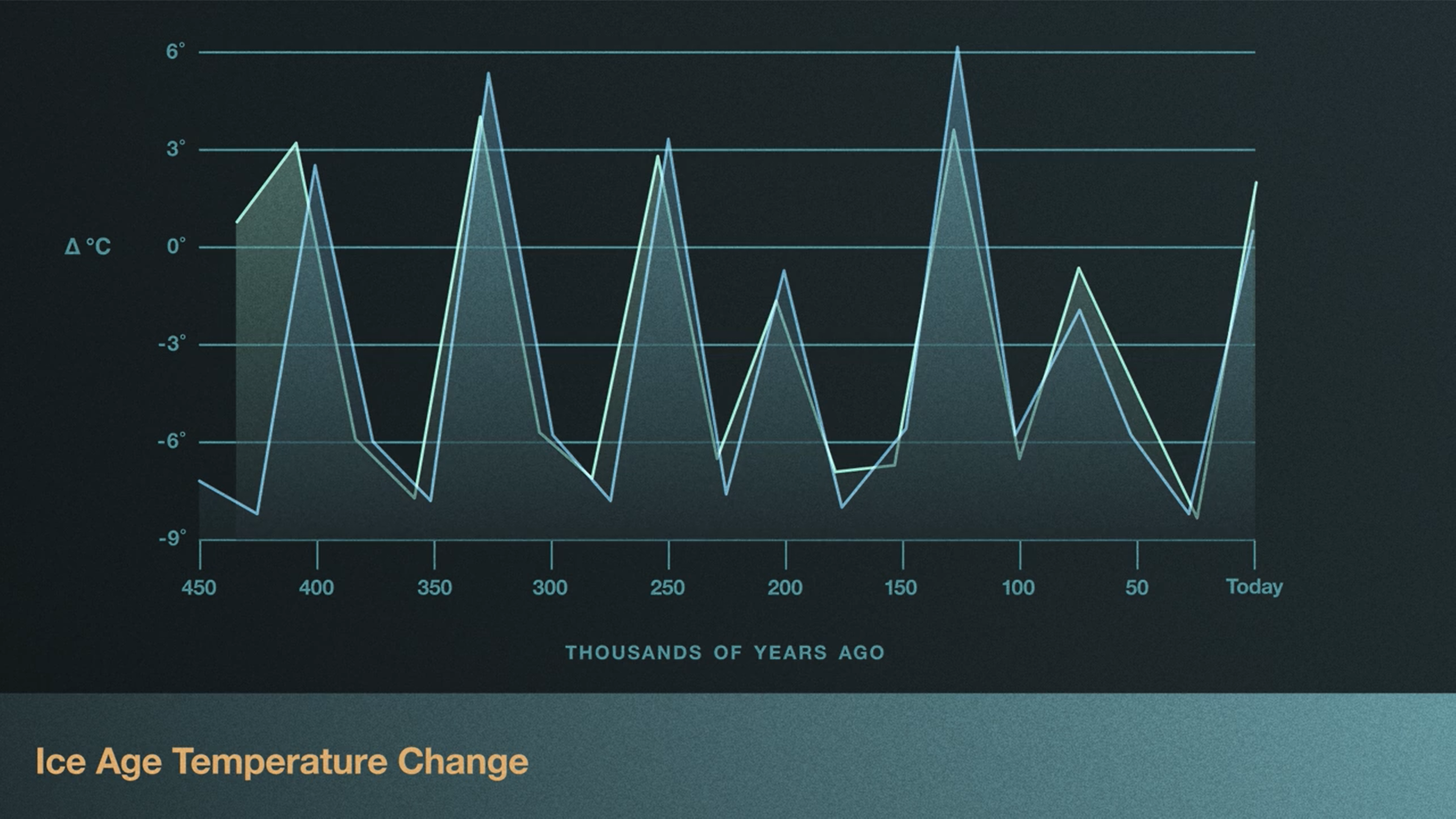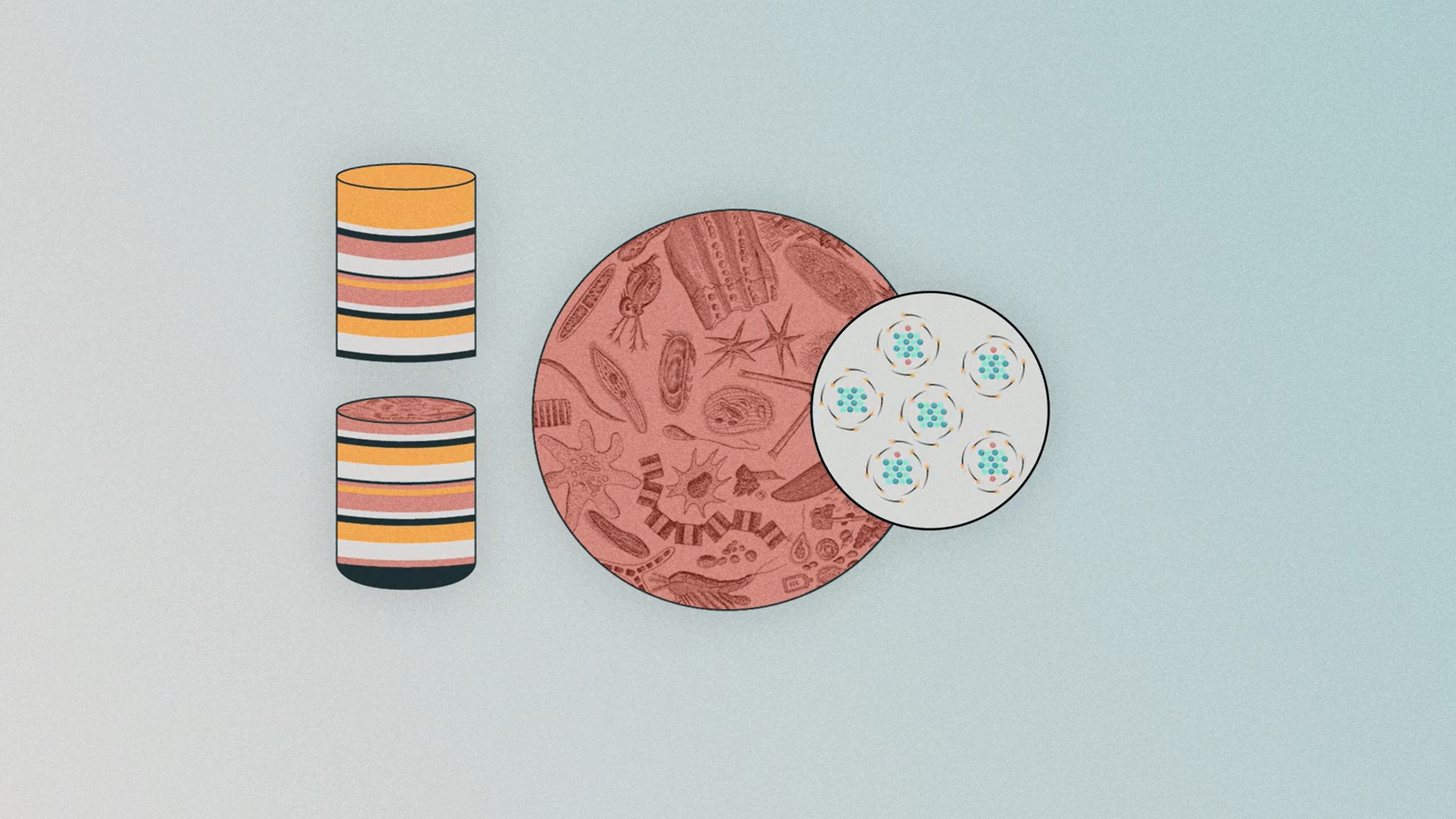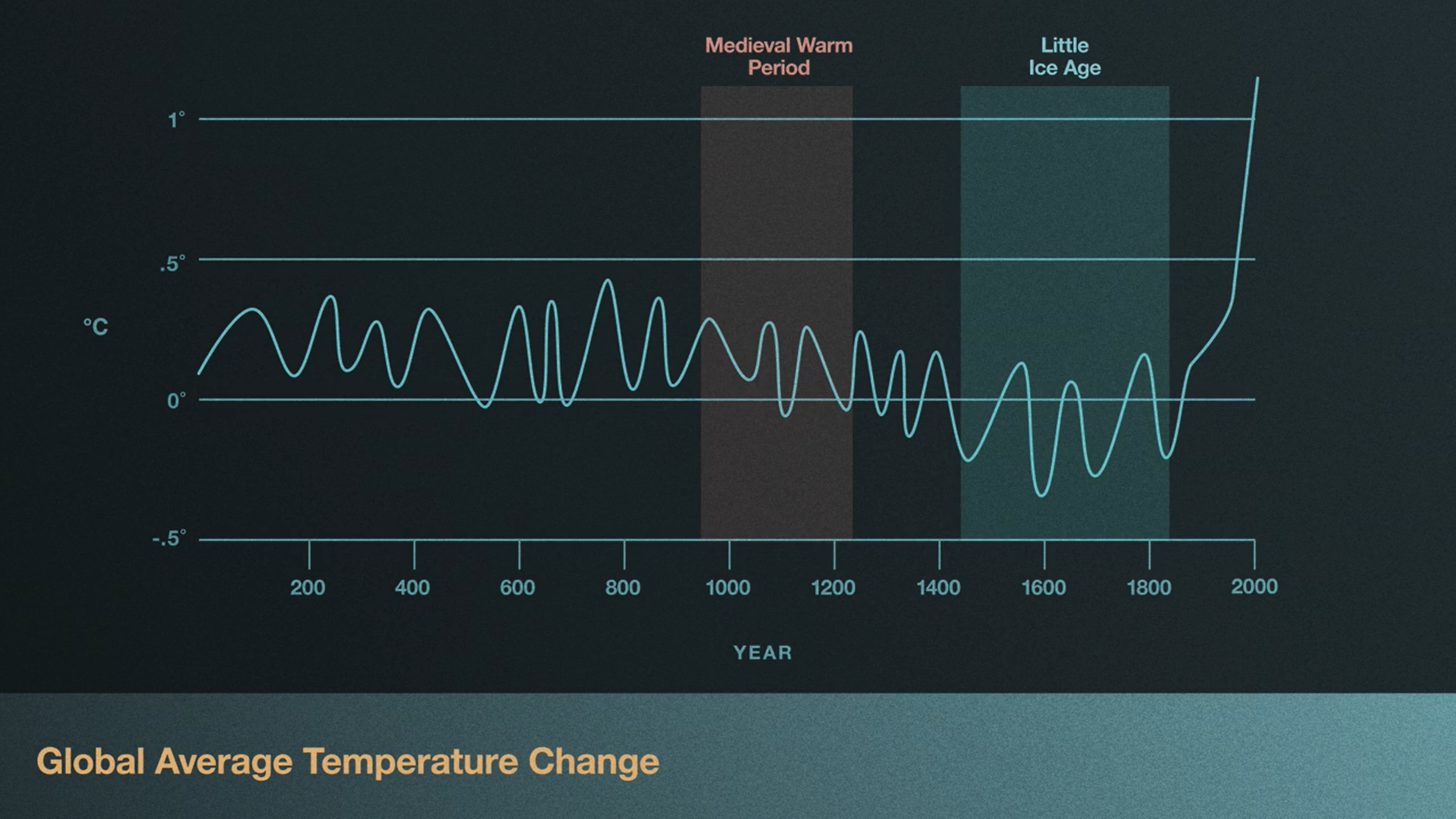Featured Experts

Kerry Emanuel
MIT

Kerry Emanuel
MIT
Kerry Emanuel is a prominent meteorologist and climate scientist who specializes in moist convection in the atmosphere, and tropical cyclones. His research interests focus on tropical meteorology and climate, with a specialty in hurricane physics. His interests also include cumulus convection, the role of clouds, water vapor, and upper-ocean mixing in regulation of climate, and advanced methods of sampling the atmosphere in aid of numerical weather prediction.
Emanuel received an S.B. degree in Earth and Planetary Sciences and a Ph.D. in Meteorology (1978) both from MIT. After completing his doctorate, he joined the faculty of the Atmospheric Sciences department of the University of California at Los Angeles where he remained for three years, with a brief hiatus filming tornadoes in Oklahoma and Texas. He joined the faculty at MIT in 1981 and is now the co-director of the Lorenz Center and the Cecil & Idea Green Professor of Atmospheric Science.
Professor Emanuel is the author or co-author of over 200 peer-reviewed scientific papers, and three books, including Divine Wind: The History and Science of Hurricanes, published by Oxford University Press, and What We Know about Climate Change, published by the MIT Press.
Featured In:
In this Episode
So, you might say you believe in climate change – but do you know why you believe in it? Can you state the facts and make the key arguments? Wouldn’t you like to be able to do that, instead of blindly trusting a headline you read on the internet? If so, or if you just need the right words for that pesky uncle at Thanksgiving, or maybe for your next high-stakes political debate in the halls of global power – this video is for you.
So here we go:
To say that human-caused (or, anthropogenic) climate change is real we need to establish two things:
Professor Kerry Emanuel from MIT asks the question thus:
“What is it that we’re saying is different? What we’re saying is different is not the warmth of the planet. It’s been much warmer 55 million years ago than it’s today. It’s not that there are no other reasons climate ever changes. There are plenty of reasons. So can corruptions changes in orbital configurations changes in that sun itself, but we have high confidence that this very high rate of warming by the standards of the geological past is in this case owing to be measured, uh, in contour virtual increase in greenhouse gases, like carbon dioxide and methane in the atmosphere.”
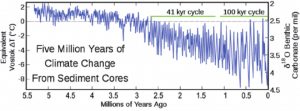
So then, how have we established this very high rate of warming? How do we even know that the planet has been warming in this very rapid way that is abormal by, as Emanuel says, the “standards of geological past.” Because scientists are very, very clever. More specifically:
We have data from a large number of independent sources that makes it clear that the climate is warming at an unprecedented rate. Since the 1960s, we’ve had data from satellites.
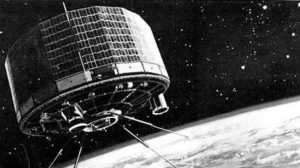
Professor Emanuel puts it this way:
“There are so many measurements of temperature by actual thermometers, by satellites, measuring infrared radiation, coming up from the surface, which is a function of its temperature, uh, that you could throw out 80 or 90% of that data just arbitrarily, randomly throw it away and use the rest of it and still get almost exactly the same temperature. Okay. We have a super abundance of data now, as you go back in time, uh, back into the 20th century. And so, uh, it’s still quite good for measuring the kinds of signals are actually detecting until you get back to around the late 19th century.
When the measurements, again, going backward in time are getting sparser and sparser and the error bars, uh, the sampling error bars on, um, what we’re measuring at larger and larger to the point where by the time you’re back around 1850, it doesn’t really mean much. Now having said that, uh, there are other ways we know about the temperature going very far back in the past, that don’t rely on thermometers.”
1. ‘Tiny bubbles in the ice are time capsules, revealing the concentration of CO2, methane and other gases that were present when the ice was formed. Dr. Emanuel: “as the snow compacts into ice, it traps bubbles of air in the ice courts. And we can, uh, take the ice back in the lab, release the air from the bubbles and measure the concentration of gases. And that’s how we know quite accurately, how methane, for example, and carbon dioxide varied, uh, over the lifespan of the ice cores, going back as far as about a million”
2. “Dust from volcanic events is also found in the ice, helping to date the layers using carbon dating of fossils in other places where archeologists have seen the same layers of volcanic dust.”
3. “Heavy isotopes of Oxygen and Hydrogen: Isotopes are forms of elements that have different atomic weights – meaning, the atoms of these elements contain different numbers of neutrons, while still retaining all other chemical properties of those elements. Water – H2O – containing heavier isotopes of Oxygen and Hydrogen, evaporates more slowly and condenses in clouds more quickly than normal water, and so, it turns out there’s a linear relationship between temperature and the ratio of heavier isotopes in precipitation – ice and snow – to lighter ones. So, by determining the concentration of heavy Oxygen and Hydrogen isotopes in ice cores, we can infer the temperature when that precipitation fell, in strikingly high resolution – down to seasonal variations going back nearly 1M years”
